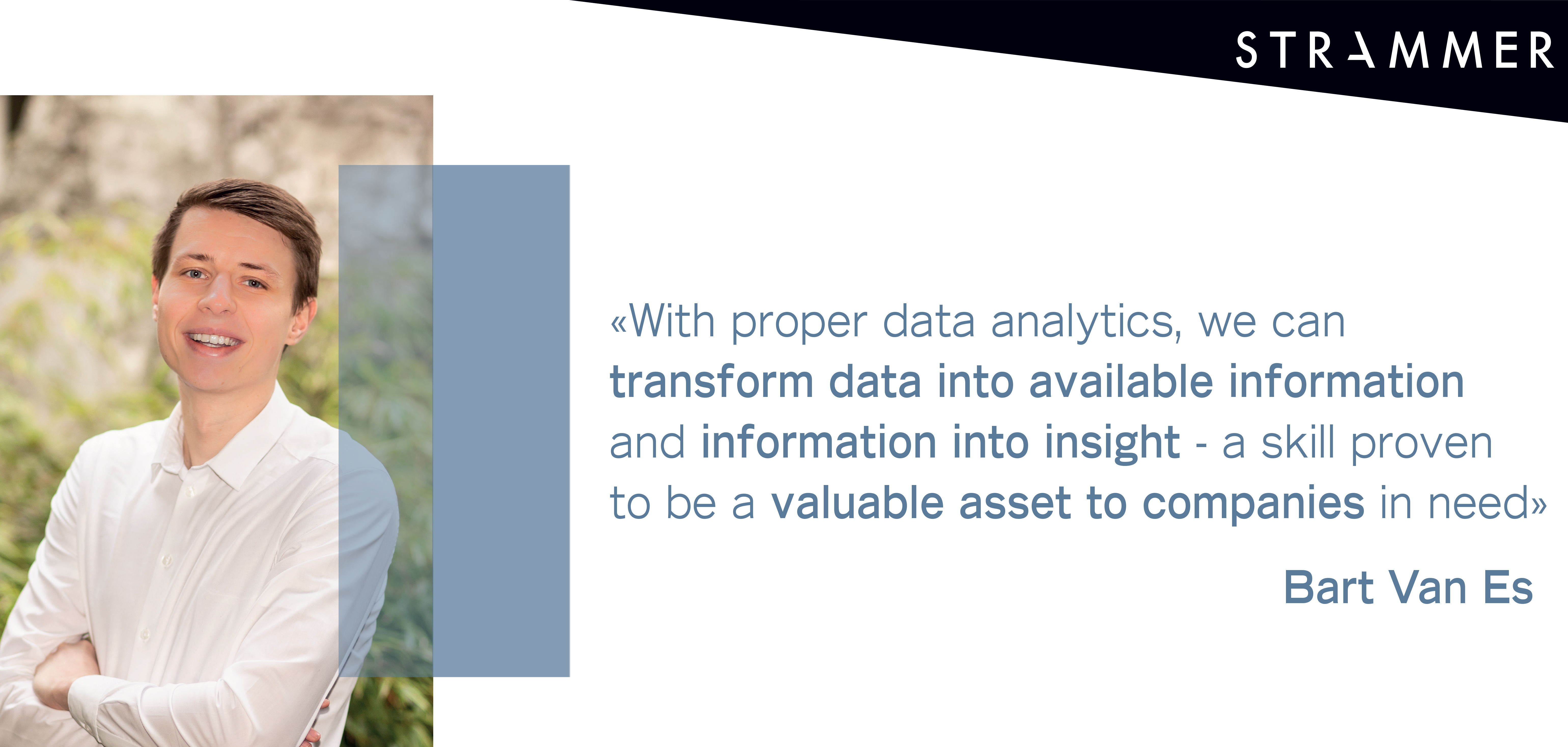The Power of Data- A Personal Touch in Recruitment
Modern technology has allowed the exponential growth in the availability of data and computational storage. Data is now present in every automated device imaginable from digital platforms to mobile phones. The result is a data-driven world fueled by a frenzy of competitive analytical leaders who are constantly reshaping the recruitment and HR industry.
In retrospect and as a common standard, most Human Resource Departments within companies take a basic approach to data where traditional methods are still practiced. For example, many adhered to the conventional approach of advertising and applying to vacancies as a well-known means of employment recruitment. However, the disadvantage to such long-established models is that only those active can apply for new roles, leaving some highly skilled candidates, potentially passive job seekers, out of the loop. Unfortunately, using these models will allow companies to miss out on opportunities in securing well-suited candidates at a faster, efficient rate.
Nonetheless, recent times exert the importance of Data Management, a process that involves the acquiring, protecting, storing and processing data of its users to insure reliability and accessibility. While data management is ideal, maximizing the potential value of processed data and analytics is paramount- something that many companies have yet to master. This is where proactive talent consulting firms, like STRAMMER, supersede the basic, accustomed approach to talent acquisition.
Digital Transformation Manager at STRAMMER, Bart van Es ![]()
![]() , reiterates this point by saying;
, reiterates this point by saying;
“With proper data analytics, we can transform data into available information and information into insight- a skill proven to be a valuable asset to companies in need.”
The basic ideology is to enhance a client’s brand, reduce time-to-hire and to boost the quality of hire for open or potential roles.
Business Intelligence Manager at STRAMMER, Guillaume de Saint-Savin ![]()
![]() , confirms further by saying;
, confirms further by saying;
“Thanks to our Market Intelligence expertise, we can provide our customers and internal teams with a deeper understanding of their markets and trends, to better anticipate and adapt their Talent Acquisition and Talent Management strategies.”
In the Life Sciences industry, the process of recruitment extends beyond the regular hiring and job listing platforms as it limits a business from acquiring full talent potential. STRAMMER has incorporated an effective approach to data management and analytics to personalize the recruitment process, ultimately making the traditional job alerts and templated job descriptions a thing of the past.
Proper Data Management has allowed STRAMMER to perform at its optimal level by:
♦ Providing more precise data-driven decision-making solutions in securing better candidates and eliminating the ‘guess-work’;
♦ Having well-structured data that would raise the quality within the hiring process, that is, improving short-listing and productivity time;
♦ Enhancing the candidate’s experience during the recruitment process, making it less complicated for all parties involved.
Big Data has been playing a role, especially so in attracting the exemplary candidate to suit an organisation’s work environment and the technical skills requirement. Soft Skills, like communicative, leadership and problem-solving skills are less technical than its counterparts, as in, hard skills, and are more related to one’s attitude and intuition. Such skills are the hidden gems that most companies would benefit immensely from without realizing how necessary they can be. At STRAMMER, our strategy starts where most enterprises overlook, that is, examining the soft skills using Big Data and analytics. We prioritize the need for these skills through the application of professional assessment models that examine the strengths and weaknesses of each candidate. This process interprets the personality traits of an applicant into soluble data that will be added to a growing talent pool.
The find and engage mechanism for candidates has been the most forward way of thinking that STRAMMER has taken to expand its talent search. The ‘finding’ process is advanced through an effective data-driven analysis mechanism to source the best candidates without sacrificing time and quality. This goes in accordance with the CRM model that the company has designed in order to conform with their clients’ needs. However, the best results are seen in the ‘engaging’ process where interacting with potential workers builds a degree of trust and connection where a future relationship can be developed over a period time. In this way, the engaging method both incorporates the active and the passive job seekers- a group that other companies treat as an oversight. This would further strengthen the livelihood of engagement between recruiters and perspective candidates.
To conclude, well managed data only accounts for about 20% of data around the world and that means the remainder is unstructured. With the advances in data computing and the help of dedicated firms like STRAMMER addressing this problem, companies will soon be able to benefit greatly with the prospects of a world of analysed and structured data.
References:
- What is Data Management?, March 2016, NG Data
- What is Big Data? Oracle
- Four trends to watch in healthcare recruiting, January 2018, Becker’s Hospital Review
- It’s time to put data at the heart of the recruitment process, February 2018, People Management
- Data-Driven HR: How Big Data And Analytics Are Transforming Recruitment, May 2018, Forbes
- 7 Benefits of Data Driven Recruiting, 2017, Harver
- Data Management For A Data-Driven HR Organization, March 2019, Digitalistmag





